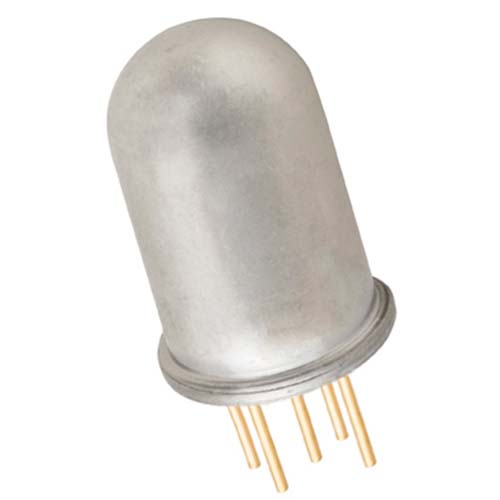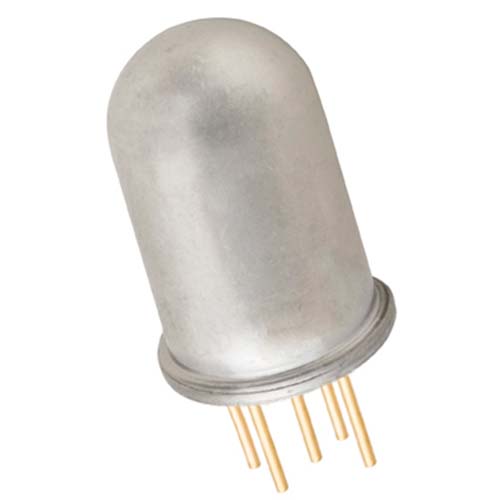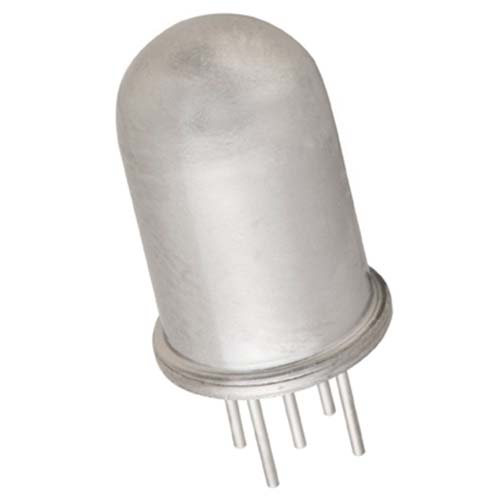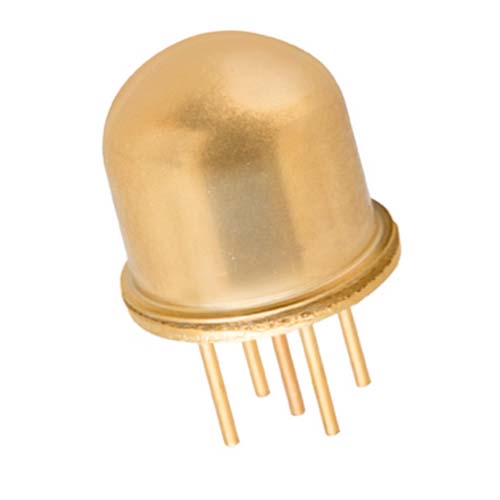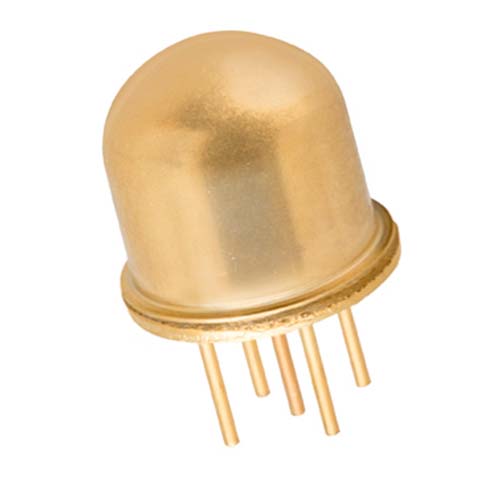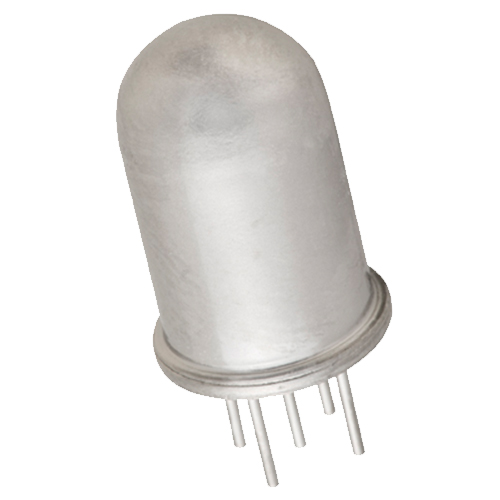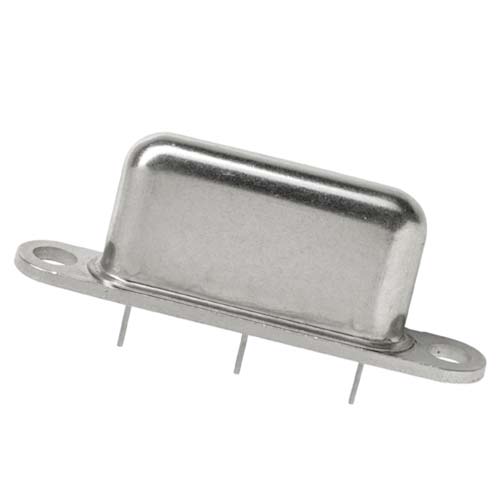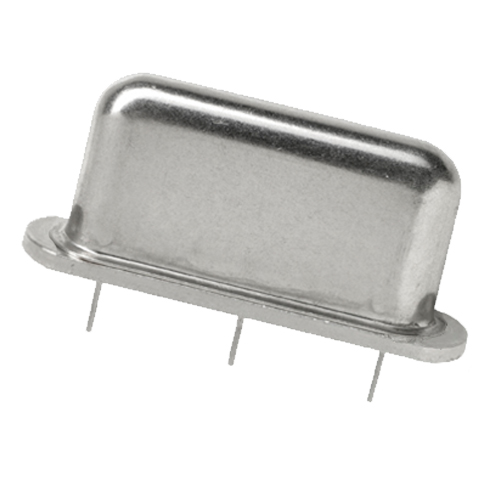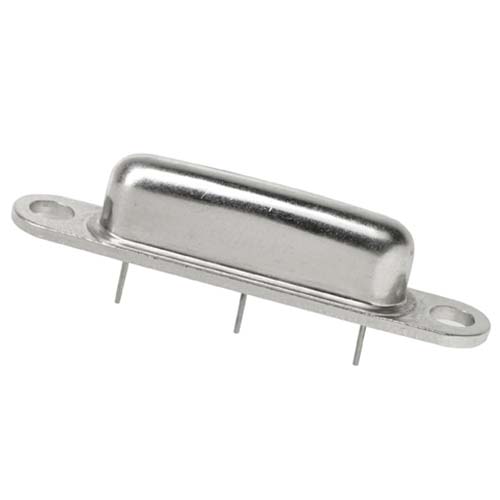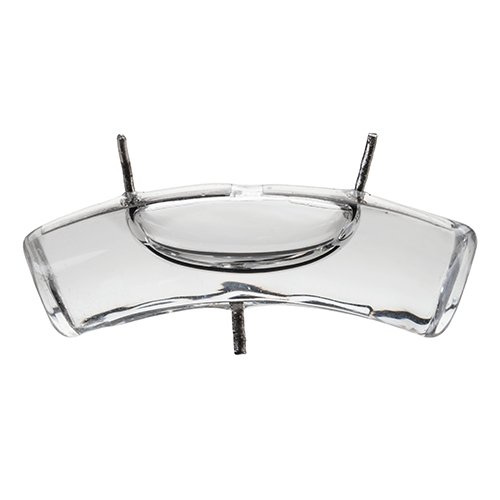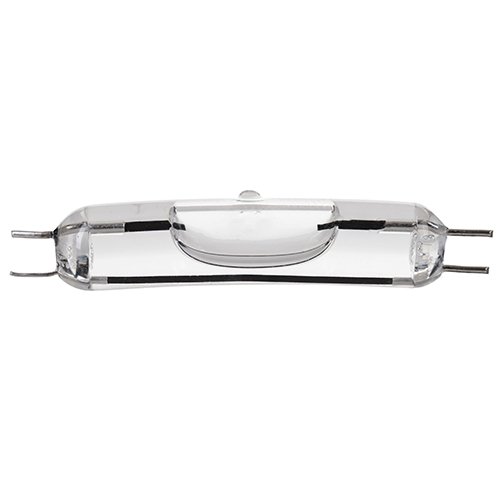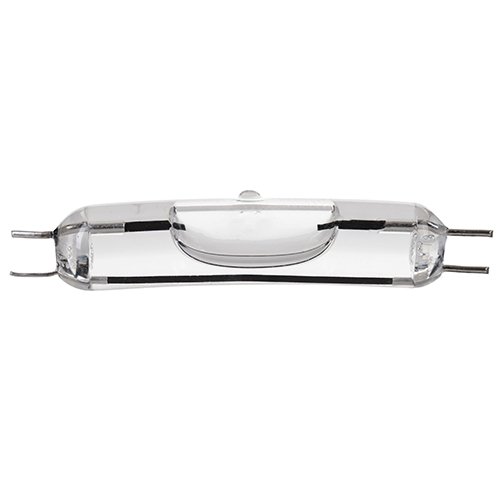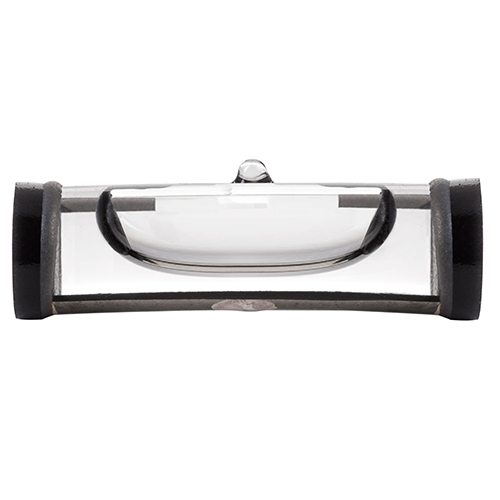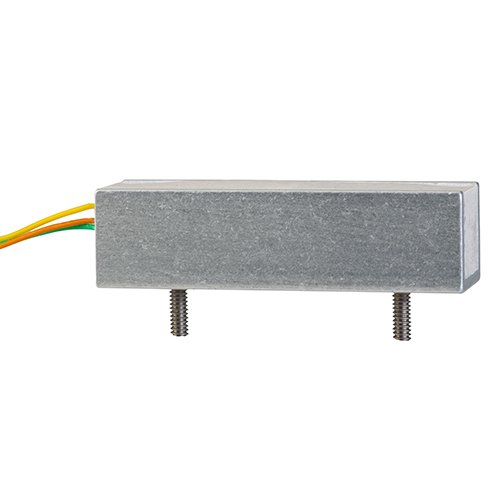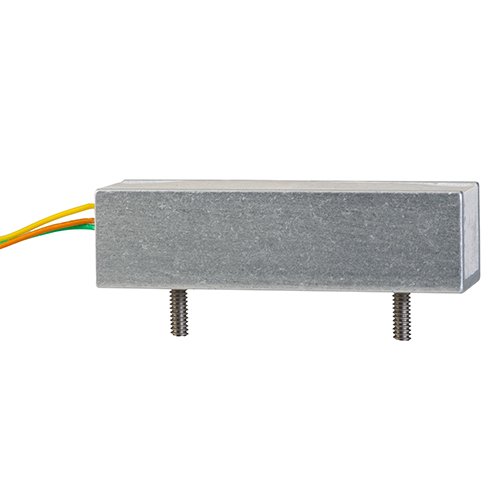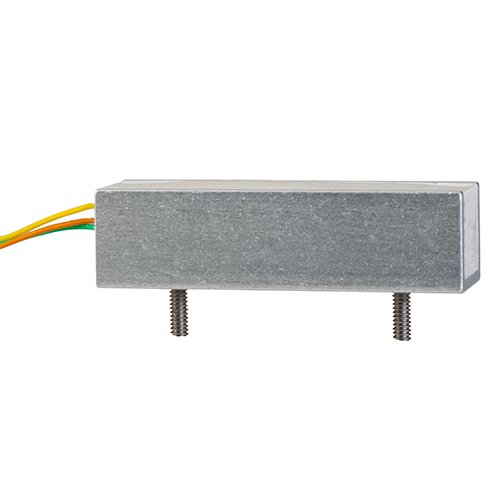Tilt Sensors
The Fredericks Company is the leading manufacturer of precision tilt sensors and angle measurement devices. Tilt sensors measure an angular position with reference to gravity and are used in a wide variety of applications, from laser levels to seismic monitoring to medical devices. The Fredericks Company has a full range of products capable of measuring ranges of arc seconds to 180°.
Electrolytic Tilt sensors built to deliver the high performance you need!
Our entire line of patented, precise, low-cost electrolytic tilt sensors are designed and engineered to outperform MEMS-based technology for various tilt measurement applications. They are very repeatable and offer high resolution with very low drift.
To learn more about the principles of electrolytic tilt sensing and how to integrate tilt sensors into your application, see our Technical Information page.
Types of electrolytic tilt sensors from Fredericks
Wide Range Tilt Sensors
These electrolytic tilt sensors are designed to give wide range measurement up to ±60° with high accuracy from ±0.1° to ±0.05° in one or two axes. They're also the lowest cost sensors we offer.
All electrolytic sensors require an electrolytic tilt sensor circuit (also commonly referred to as signal conditioning or a signal conditioner) to provide a tilt angle output. This can be built into your system or you can purchase a circuit we’ve designed. Our circuits are optimized for the best performance from our sensors.
To learn more about the principles of electrolytic tilt sensors and how to integrate our sensors into your application, see our Technical Information page.
Mid-Range Tilt Sensors
These electrolytic tilt sensors are designed to give mid-range measurement up to ±25° with very high accuracy of at least ±0.005° in one axis. This means you’ll need two sensors to measure in two axes. These sensors are much less expensive than any of our glass solutions, but they're slightly more expensive than our wide-range sensors.
All electrolytic sensors require an electrolytic tilt sensor circuit (commonly referred to as signal conditioning or a signal conditioner) to provide an angle output. This circuit can be built into your system or you can purchase circuitry we’ve designed. Our circuits are optimized for the best performance from our sensors.
To learn more about the principles of electrolytic tilt sensors and how to integrate our sensors into your application, see our Technical Information page.
Narrow Range Tilt Sensors
These electrolytic tilt sensors are designed to give narrow range measurement up to ±3° with very high accuracy of at least ±0.001° in one axis. This means that you’ll need two sensors to measure in two axes. These sensors are slightly more expensive than our wide-range sensors, but comparable in cost to our mid-range sensors. They're also much less expensive than any of our glass solutions.
All electrolytic sensors require an electrolytic tilt sensor circuit (commonly referred to as signal conditioning or a signal conditioner) to provide a tilt output. This circuit can be built into your system or you can purchase circuitry we’ve designed. Our circuitry is optimized for the best performance from our sensors.
To learn more about the principles of electrolytic tilt sensors and how to integrate our sensors into your application, see our Technical Information page.
Glass Mid-Range
These electrolytic tilt sensors offer mid-range measurement of ±10° with extremely high accuracy of at least ±0.0005° in one axis. This means you’ll need two sensors to measure in two axes. These sensors are more expensive than any of our metal solutions because of their higher accuracy and glass design.
All electrolytic sensors require electrolytic tilt sensor circuits (commonly referred to as signal conditioning or signal conditioners) to provide an angle output. This circuit can be built into your system or you can purchase circuitry that we’ve designed that’s optimized for the best performance from our sensors.
To learn more about the principles of electrolytic tilt sensors and how to integrate tilt sensors into your application, see our Technical Information page.
Glass Narrow Range
These electrolytic tilt sensors are have narrow range measurement from ±3° to ±0.5° with extremely high accuracy of ±0.0008° to ±0.0001° in one axis. This means you’ll need two sensors to measure in two axes. These sensors are more expensive than any of our Fredericks metal solutions because of their higher accuracy and glass design.
All electrolytic sensors require electrolytic tilt sensor circuits (commonly referred to as signal conditioning or signal conditioners) to provide an angle output. This circuit can be built into your system or you can purchase circuitry that we’ve designed that’s optimized for the best performance from our sensors.
To learn more about the principles of electrolytic tilt sensors and how to integrate tilt sensors into your application, see our Technical Information page.






